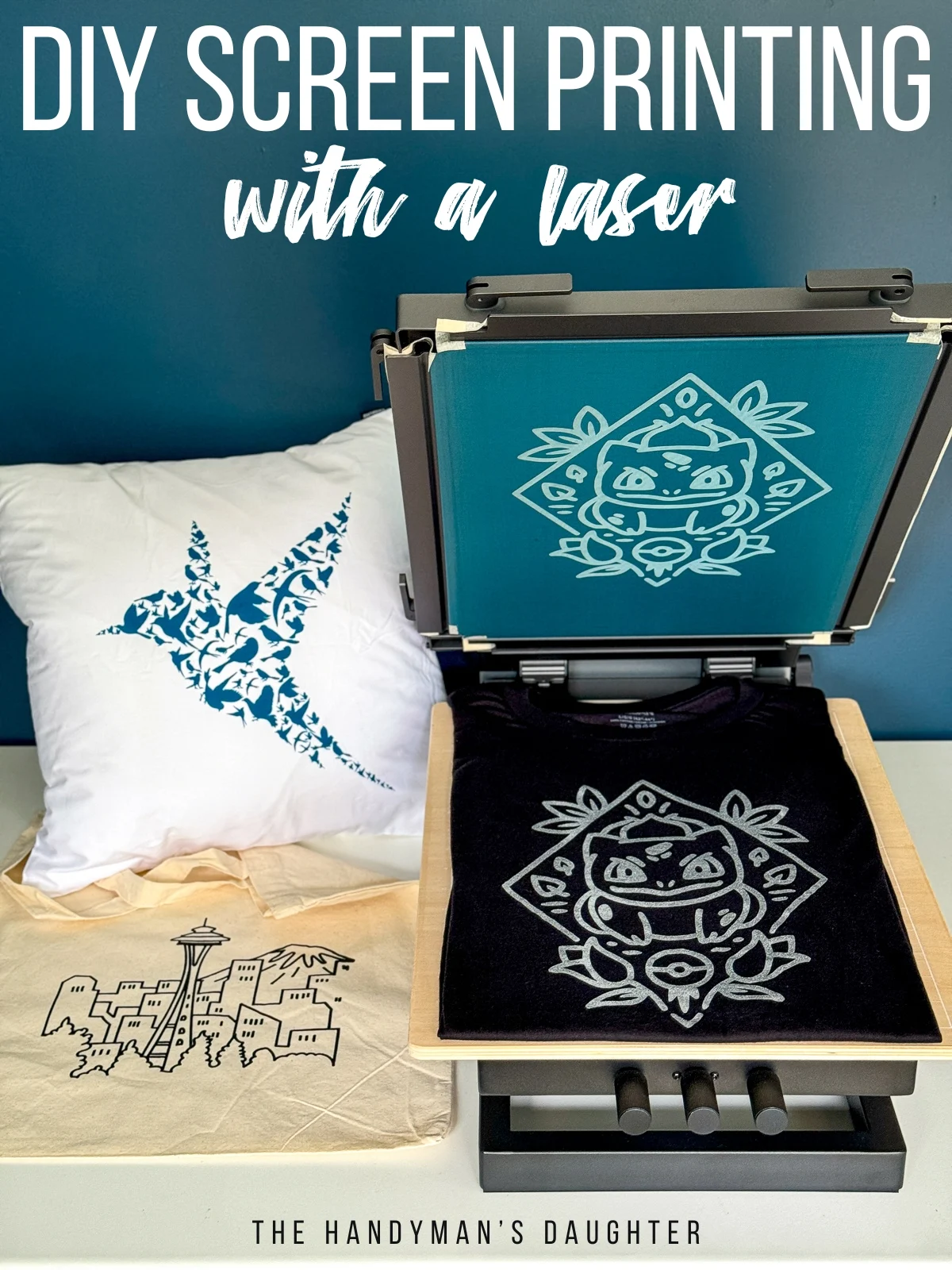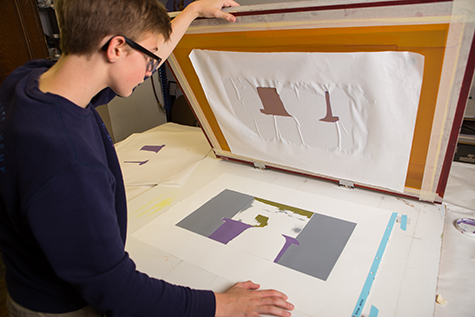The Crucial Guide to Comprehending Screen Printing and Its Versatile Uses
Screen printing has an abundant history that goes back to ancient times, advancing into an innovative method used across numerous markets today. This overview checks out the details of the screen printing process, describing its applications in advertising, home, and style decoration - 10:9 Design Embroidery. Comprehending these principles can open creative capacity for both artistic and industrial projects. The following areas will certainly reveal crucial tips and methods to boost one's screen printing undertakings
The History of Screen Printing
Screen printing has roots that trace back centuries, its advancement reflects the technological and artistic improvements of different cultures. Originating in old China, the technique was initially used for enhancing fabrics and later spread to Japan, where it became indispensable to Ukiyo-e woodblock printing. The technique moved to Europe in the 18th century, where it acquired popularity among artisans and industrial printers. The invention of picture emulsion in the 20th century changed screen printing, enabling even more complex styles and better efficiency. Artists like Andy Warhol additionally moved its popularity, making use of the tool to produce legendary works that mixed commercialism and art. By the late 20th century, screen printing had actually established itself as a versatile method, utilized in vogue, advertising and marketing, and art. Today, it remains to evolve, incorporating electronic innovation and increasing its applications throughout different markets.
The Screen Printing Process Explained
Screen printing transforms artistic visions right into tangible layouts with a series of specific actions. An image is developed and then transferred onto a screen, normally made of fine mesh textile stretched over a structure. A light-sensitive emulsion is put on the screen, which is subjected to light, setting in locations not covered by the image. After rinsing the unhardened emulsion, a stencil is created.
Next, the screen is placed over the substrate, whether it be textile, paper, or one more product. Ink is then pressed through the open areas of the pattern making use of a squeegee, transferring the design onto the substrate listed below. This process can be repeated for several shades, calling for separate screens for each and every color. Ultimately, the published thing is healed utilizing warm to ensure the ink adheres properly, leading to a sturdy, lively layout ready for usage.
Kinds Of Screen Printing Techniques

Furthermore, specialty methods, such as discharge screen printing, remove color from the fabric to produce softer prints, while foil screen printing applies metal aluminum foil to achieve a shiny surface (10:9 Design LLC Company). Each technique provides unique features, accommodating numerous creative demands and production scales, ultimately expanding the possibilities within the screen printing domain
Applications of Screen Printing in Different Industries

Additionally, the signage and marketing markets use screen printing for developing attractive display screens and banners. This approach enables strong shades and detailed layouts that catch focus. In electronic devices, screen printing is used for using conductive inks to circuit boards, vital for element links. The home décor industry accepts screen printing to produce distinct designs on fabrics and wall art. Overall, screen printing works as an essential device across diverse areas, enhancing items with personalized and aesthetically enticing graphics.
Tips for Effective Screen Printing Projects
While carrying out a screen printing task, careful interest to information can considerably enhance the final result. Choosing top quality materials is necessary; this consists of the screen, inks, and substratums. Utilizing proper mesh counts can impact ink deposition and detail resolution. Prep work is just as vital; thorough cleansing of displays and proper direct exposure times assure crisp prints.
Next, accurate enrollment is essential for multi-color prints. Using positioning tools can assist achieve specific layering. page In addition, testing prints on scrap products prior to production helps determine possible concerns without losing resources.
Often Asked Inquiries
What Materials Are Finest for Screen Printing on Textile?
Cotton and polyester blends are suitable for screen printing on fabric as a result of their longevity and ink absorption. In addition, specialized materials like silk or canvas can create distinct textures and finishes, boosting the total style high quality.
How Do I Clean and Maintain Screen Printing Tools?
To preserve and clean screen printing tools, one must consistently clean screens with appropriate solvents, evaluate mops for wear, lube moving components, and store all items in a completely dry, dust-free atmosphere to prolong their life-span.
What Are the Environmental Impacts of Screen Printing?
Screen printing can have substantial environmental impacts, consisting of chemical waste from inks and solvents, water usage throughout cleaning processes, and power consumption. Environment-friendly materials and lasting methods are important for minimizing these adverse effects.
Can Screen Printing Be Done in the house Effectively?
Screen printing can be properly done at home with the right materials and methods. Hobbyists can create high quality prints, though success depends upon their skill degree, tools, and understanding of the process entailed.
What Are the Prices Associated With Starting a Screen Printing Business?

Starting a screen printing company involves prices for equipment, materials, and office. Preliminary expenses normally vary from a couple of hundred to a number of thousand bucks, relying on the scale, top quality of equipment, and desired manufacturing capacity.
Screen printing has an abundant history that dates back to old times, advancing into an innovative method used throughout various sectors today. An additional technique, rotating screen printing, uses cylindrical displays, helping with constant printing on textile rolls, thereby enhancing efficiency for large-scale manufacturings. In addition, specialty techniques, such as discharge screen printing, eliminate dye from the material to create softer prints, while foil screen printing uses metal aluminum foil to accomplish a shiny finish. In the style sector, screen printing is extensively used to develop vibrant layouts on apparel, allowing brand names to showcase their one-of-a-kind styles. Cotton and polyester blends are excellent for screen printing on fabric due to their durability and ink absorption.